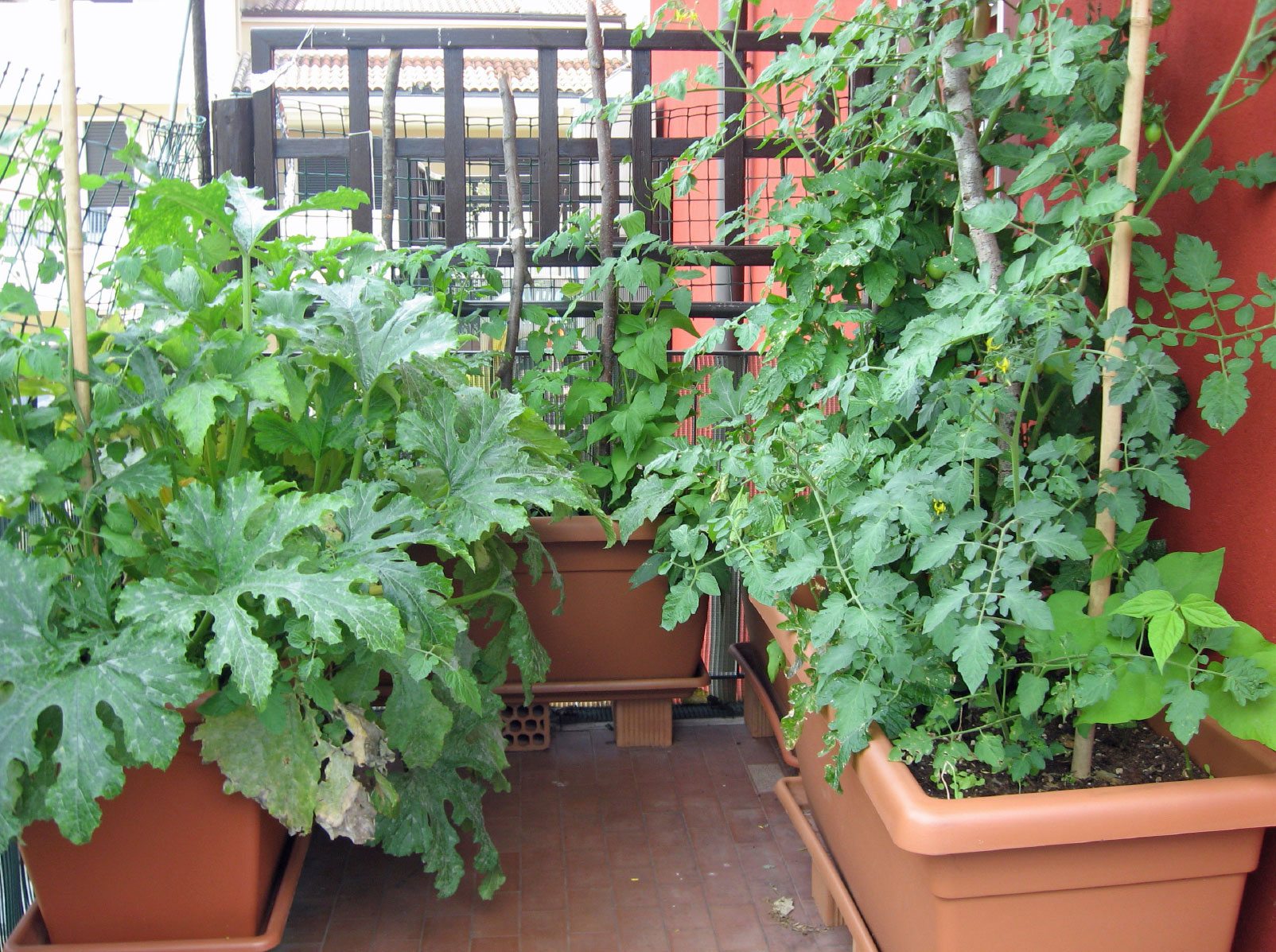Some Ideas on City Blooming You Need To Know
Some Ideas on City Blooming You Need To Know
Blog Article
All About City Blooming
Table of ContentsCity Blooming for BeginnersOur City Blooming PDFsExamine This Report about City BloomingEverything about City BloomingAll About City Blooming
Intrigued in expanding food available in the City of Chicago? Assuming concerning beginning a neighborhood yard? Adjustments to the Chicago Zoning Statute allow agricultural usages like area yards and metropolitan farms in numerous parts of the city. Below is a checklist of frequently asked questions relating to the policies and guidelines that cultivators ought to take into consideration when intending an urban farming project.
The zoning amendment does not customize any other codes dealing with composting, structure permits, acquiring or renting City possessed residential property, service licenses or environmental contamination. There are existing codes that manage these problems and they stay completely effect and might be appropriate to your project. Area yards are generally possessed or handled by public entities, public organizations or community-based companies and kept by volunteers.
Urban farms expand food that is meant to be offered, either on a not-for-profit or for-profit basis. Due to their industrial objective, metropolitan ranches need a business license.
The 8-Second Trick For City Blooming
The amount of garden compost material can not exceed 25 cubic backyards at any offered time according to the criteria in 7-28-715 of the City's Municipal Code. Because the soil at most brand-new yard sites needs amending, compost, soil, timber chips, or various other products can be obtained to build or improve the growing area.

If a structure authorization is needed after that the hoophouse will certainly be considered an accessory building. You can discover even more regarding the structure license needs by contacting the Division of Buildings. The 25,000-square-foot size limitation is planned to avoid a solitary neighborhood garden from controling a given block or interfering with the block's existing household or business personality.
The restriction does not use to gardens located in Public Open Space (POS) districts. Can there be more than one area yard that is 25,000 square feet on a solitary block? Secure fencing is not needed, nonetheless, yards that have huge car parking areas may be required to mount secure fencing or various other landscaping attributes.
Some Known Incorrect Statements About City Blooming
B1 & B2 areas call for that all commercial use activities be carried out inside. Is fence needed for metropolitan ranches? Fencings might be needed, along with landscape design and screening, for specific auto parking areas and outdoor work or storage locations depending on area and the certain activity taking place.
Yes. Urban ranches need structure licenses and zoning approvals prior to building and construction. Other kinds of city testimonial might be required depending upon particular frameworks, tasks, dimension, landscape design, licensing, public heath and stormwater administration issues. A lot of these requirements are determined in the project design or permitting process, however, the candidate may be liable to independently determine particular licenses or allows that might be required.
Yes. The kind of license is identified by what is happening at the website. The Division of Service Affairs and Customer Protection can assist determine the specific type of service license that's called for. Yes. Off street vehicle parking is needed for a lot of business tasks in Chicago. The required variety of garage is based upon the variety of staff members functioning on website and not the square video of the growing area.
City Blooming Things To Know Before You Buy

Yes. A city farm can sell garden compost product generated on website, however, the operation should abide by the regulations in 7-28-715 of the Chicago Municipal Code. Yes. Aquaponic systems are permitted inside on urban farms in lots of zoning areas. A zoning evaluation and structure authorization is required in order to install frameworks or systems and a company license is called for as described over.
Approximately five hives or swarms of honey bees might be maintained as an accessory usage. Nevertheless, beekeepers have to sign up with the Illinois Department of Farming. For even more details concerning the proposed zoning amendment you may contact the Department of Housing and Economic Growth, Bureau of Preparation and Zoning at 312.744.8563.
Farming in cities and city areas A metropolitan farm in discover this info here Chicago. Urban farming describes various methods of growing. https://www.awwwards.com/cityblooming/, handling, and distributing food in urban locations. The term additionally applies to the area activities of pet husbandry, aquaculture, beekeeping, and cultivation in a city context. Urban agriculture is differentiated from peri-urban farming, which takes place in country areas beside suburbs.
Not known Factual Statements About City Blooming
It can entail a motion of natural growers, "foodies" and "locavores", who look for to create social media networks based on a common principles of nature and area holism. These networks can establish by means of official institutional assistance, ending up being incorporated into local town as a "transition community" motion for sustainable urban growth.
The extra direct access to fresh vegetable, fruit, and meat items that might be understood through city agriculture can improve food protection and food security while decreasing food miles, bring about reduced greenhouse gas discharges, thereby adding to climate adjustment mitigation. Some of the initial evidence of metropolitan agriculture originates from Mesopotamia.
Report this page